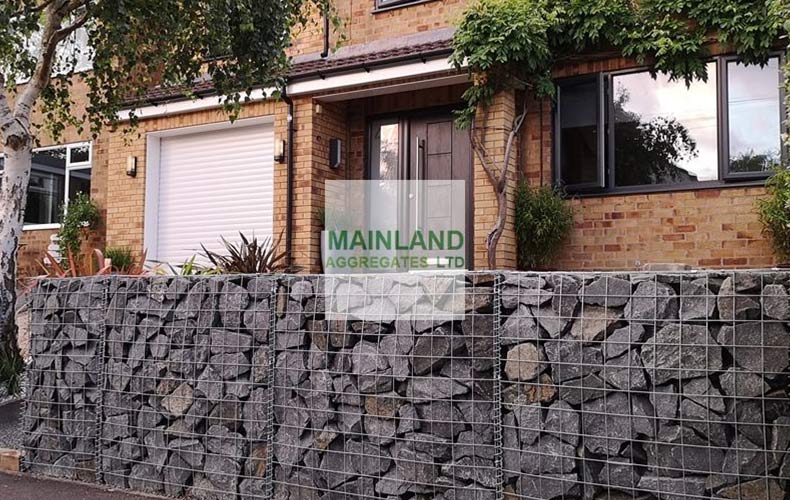We use cookies to make your experience better. To comply with the new e-Privacy directive, we need to ask for your consent to set the cookies. Learn more.
Easy Ways To Fill Your Gabion Baskets
Gabion baskets are steel wire mesh baskets usually filled with stones, that are commonly used in structural engineering for protecting shorelines, river banks and slopes from erosion. They can also be used for a variety of other landscaping features, from unique outdoor seating to natural garden borders. Most gabion baskets, also known as gabion cages, are filled with gabion stone but can also be filled with other materials including recycled materials.
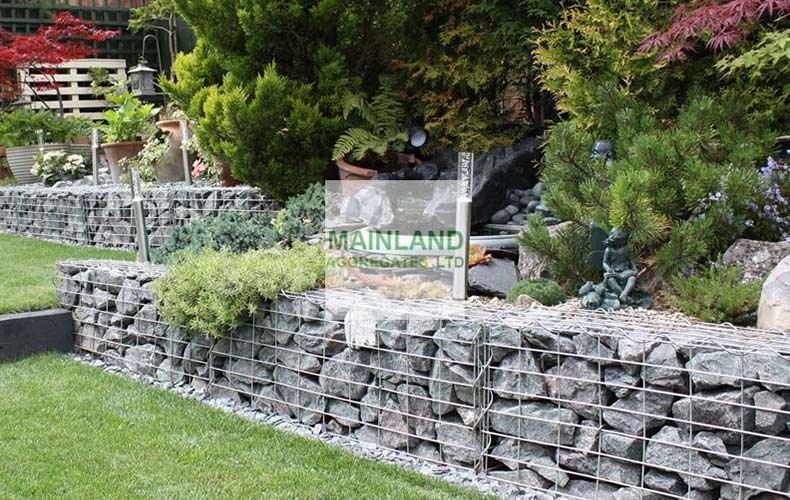

At Mainland Aggregates we supply high-quality, Galfan, 3mm welded mesh Gabion Baskets. The welded mesh design gives superior strength over standard woven wire Gabion Baskets which are prone to buckling and twisting when filled. Welded Mesh Gabion Baskets are faster to construct and much easier to handle than the old-style woven wire baskets.
These gabion baskets are typically filled with rock between 100-275mm in size. The range of sizes ensure the stone locks together to give strength and also allows the face of the basket to be constructed in a dry stonewall fashion for a more aesthetically pleasing look. See our Gabion Installation Video Here.
Easy Assembly
Our Gabion Baskets are delivered in flat pack form which are lightweight and and very easy to construct. Gabions are constructed into their finished shape onsite in situ when ready for filling. You should never build the basket and fill with rock and try to move into position - the basket will be very heavy and not possible to move by hand.
If you want to create a tall retaining wall where you have to pile the baskets on top of each other, you might need an extra pair of hands and even some machinery. However, smaller projects can be easily achieved with less help and no machinery. It’s as simple as preparing your ground, assembling the baskets and then filling. You can use the the wire supplied or for even quicker construction, 1m helicoil joiners can be purchased.
Please Note: It is recommended that any structure built to retain over 1.0m in height be designed by a structural engineer as extra bracing, supports and heavier gauge mesh may be required.
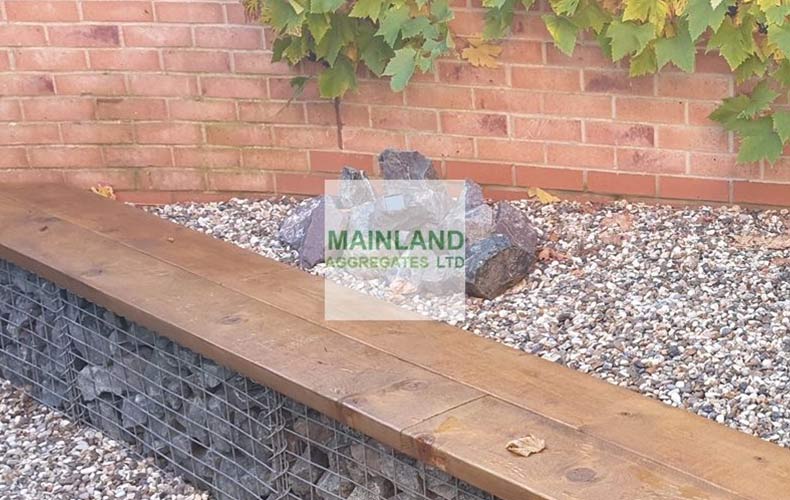

Smaller Gabions Are Easier To Fill
A smaller gabion wall (or larger gabion walls built in stages of smaller sections) allow you to physically reach the bottom of the basket. Which will be very helpful and mean it is less of a struggle when you're trying to place the rock filling into the basket.
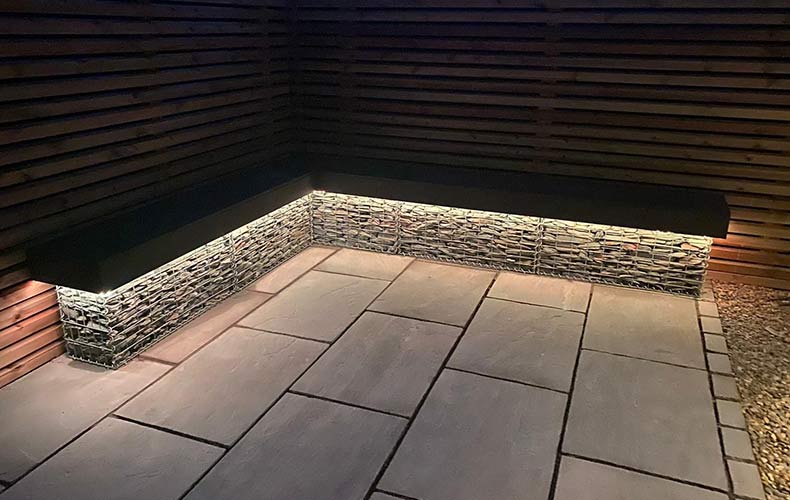

Steps To Easily Fill Your Gabion Basket
As long as you’ve done some research and have what you need, you can put together your own gabion wall within one day. All it takes is to fasten the baskets together, prepare the ground where they will lie, and fill with your chosen filling.
Step 1
Make sure to choose the right stone for gabion baskets. Interlocking, angular stones are the best for filling gabions, measuring at least 80mm for 75mm holes. The recommended stone size is between 100-275mm, At Mainland Aggregates, we supply a wide selection of gabion stones to fill gabion baskets. Our range includes white gabion cobbles, blue pennant gabion stone, dove grey gabion stone and Cambrian green gabion stone.
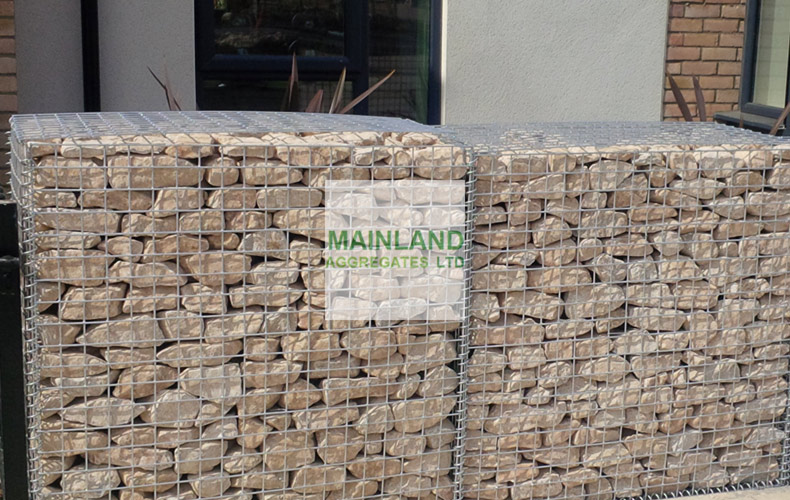

Step 2
Depending on the type of filling you have decided on there are different methods you can use for filling your gabion baskets.
One Stone - Start by pacing larger stones at the bottom and the sides of the gabion, with flat stones facing the walls of the cage. You can then minimise voids using smaller stones in the middle of the gabion ensuring they cannot escape from the holes.
Block Filling - a cost-effective way of following your gabion baskets is by using rubble bags to fill the back of the gabions that are not on show. You then add the decorative stones to the front, facing the panels with the flat side of the rocks. Make sure to leave as little space as possible between the rocks and bags.
Machine Filling - The quickest option for larger projects is to fill the gabions using a machine. After filling a portion it is important to arrange the rocks by hand to minimise any voids between them. Make sure to use an additional support pole or strengthening wires to reduce bulging where necessary.
Step 3
After the gabion has been filled, close the lid and secure it with the tie wire provided or helicoil wires.
